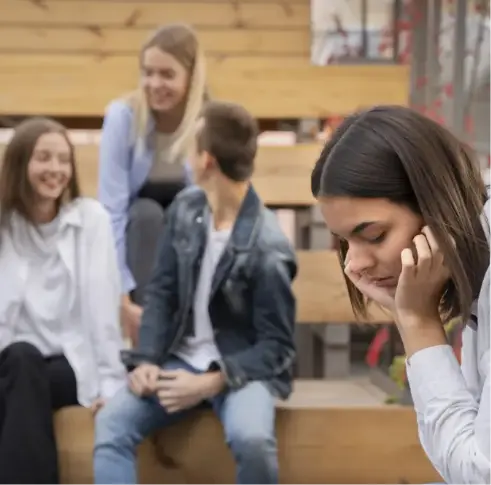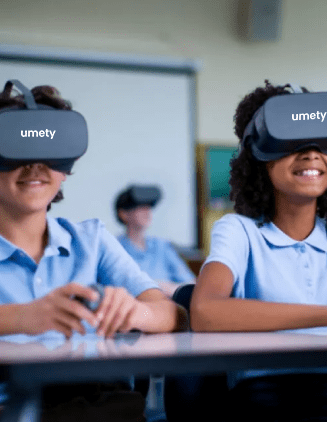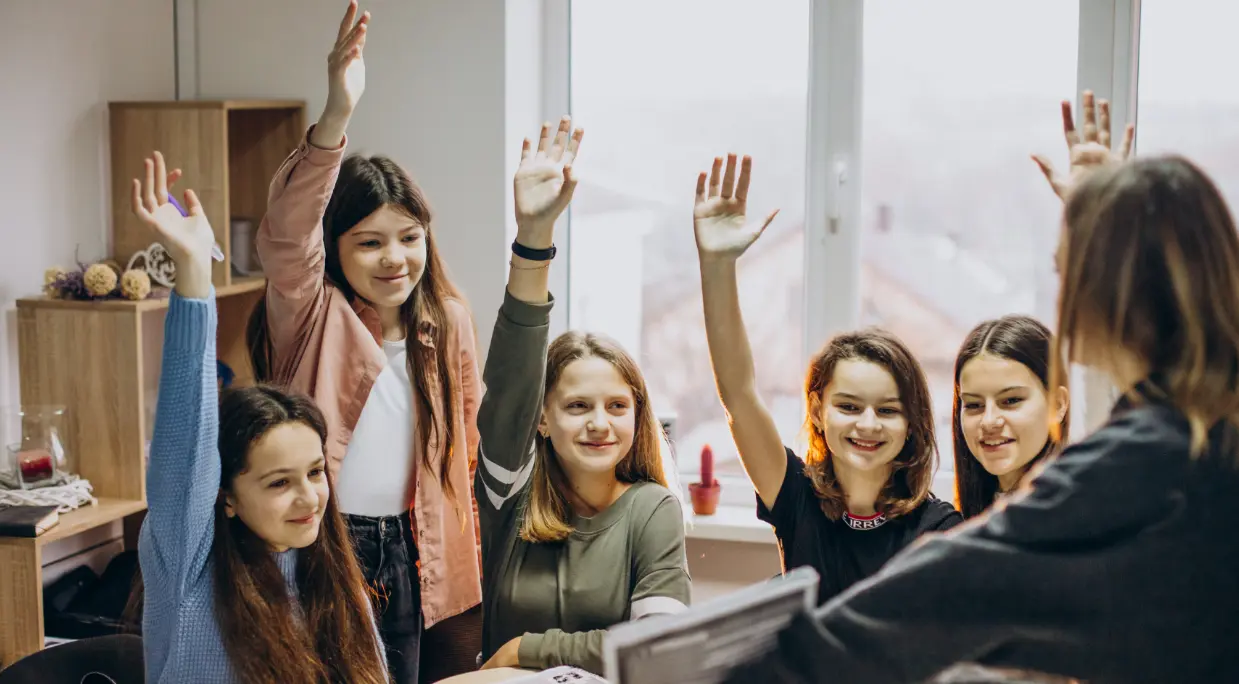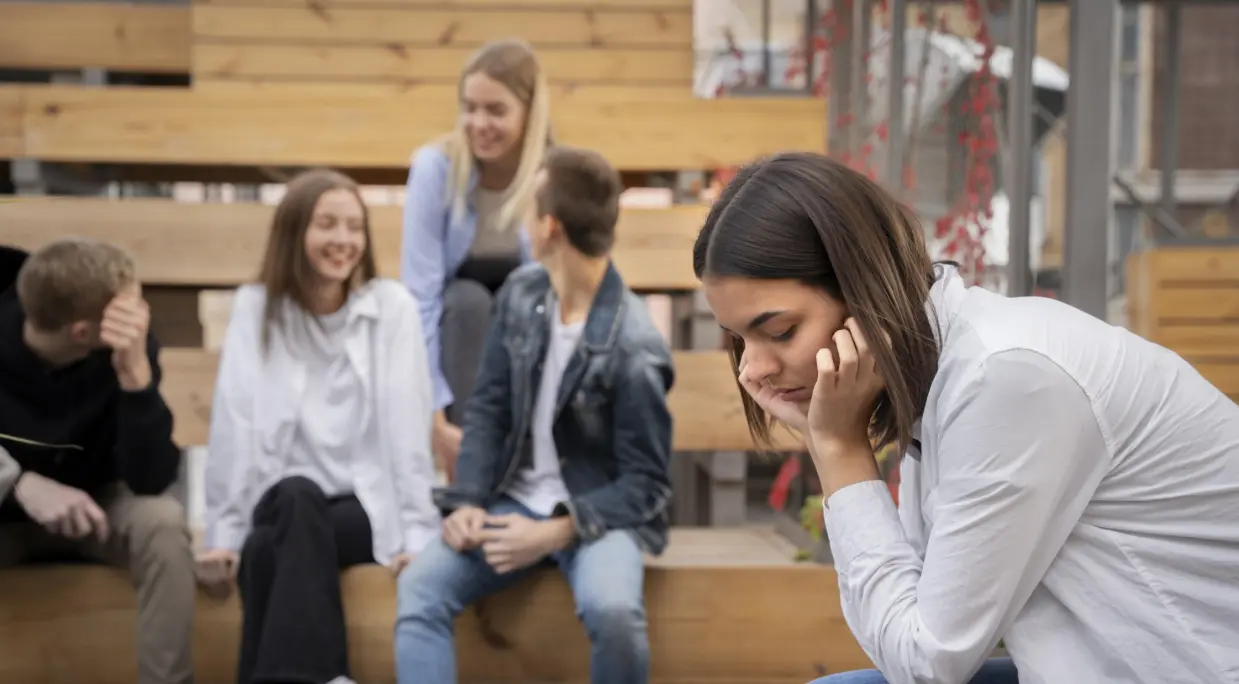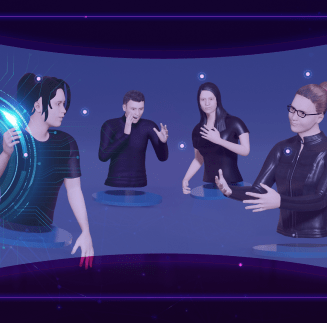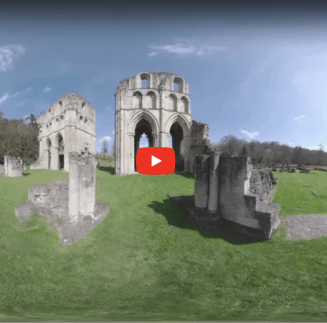Special Education
What does virtual reality mean for learners with mobility issues?
Step into a world where mobility limitations are no longer a barrier to learning.
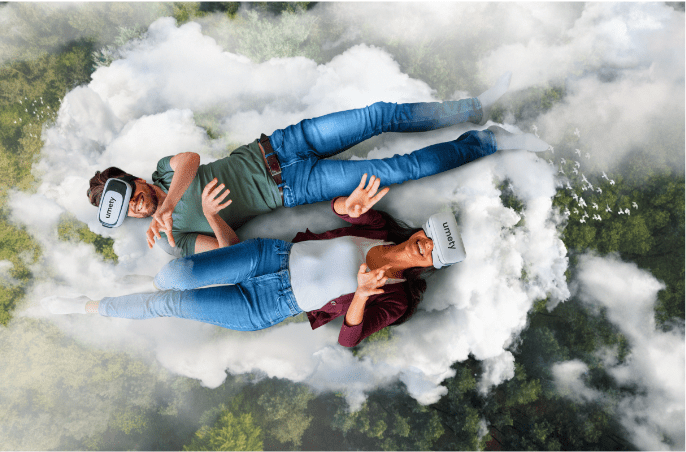
As a teacher, you’re a master of juggling a million things at once. But working with students with mobility issues can add a whole new level of complexity to the mix. That’s because students with mobility issues may struggle to fully participate in traditional classroom activities, leaving them feeling left behind and excluded while you, being the teacher, keep looking for ways to make them feel included. It’s like playing a game of musical chairs, where there are never enough seats for everyone.
Cut to: you witness one of those students put on a VR headset, traveling to the Great Wall of China, exploring outer space or playing football, screaming at top of their lungs—“OMG, I can walk!” All this is now possible in virtual reality!
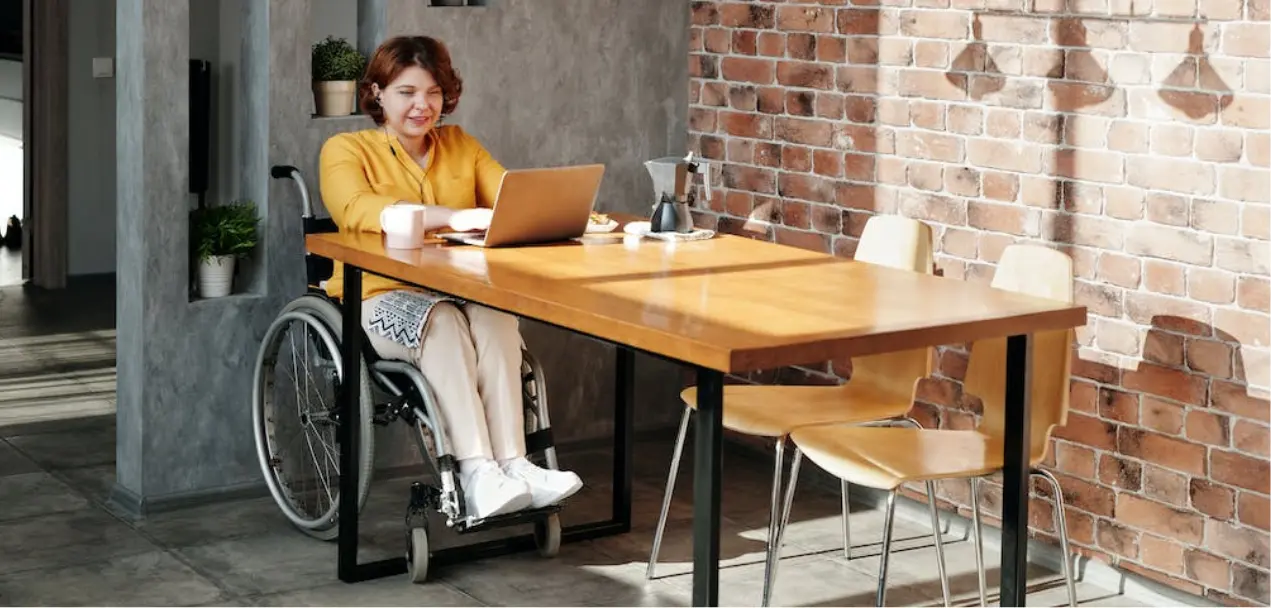
Explore and experience new worlds, ideas, and concepts like never before.
Let’s take a moment to consider what it means to be able to ‘walk’ through an environment, rather than teleport to another location, as happens in a 6 dof environment. A man with severe mobility issues in the UK wanted to try the VR, so a Taj Mahal module was set up. Like a Google Expeditions module, it gave him the experience of visiting that place. Unlike Expeditions (just a filmed environment to look at), he was able to move inside the environment. An exuberant “I can walk!” was yelled out, which caught the attention of those in the area. It was a wonderful moment, which perfectly expressed the uniqueness of this technology in giving someone a sense of presence, and an ability they may never have had before.
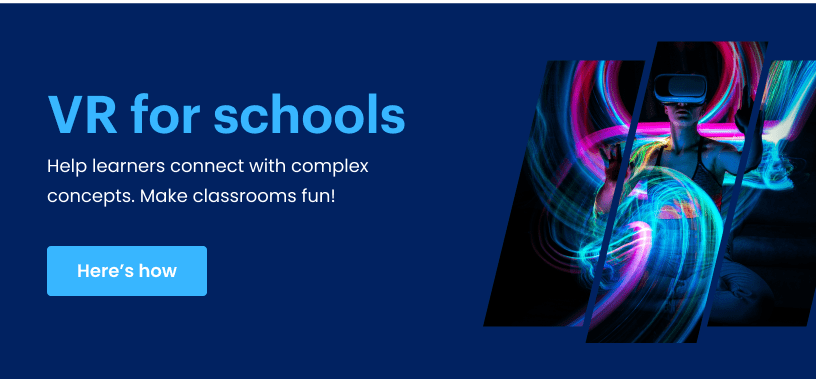
Going beyond limits
For learners with mobility issues, getting to physical locations like museums or historical sites can be difficult or impossible. VR can transport learners to far-off places they might not otherwise be able to visit, like the moon or the bottom of the ocean. Who needs a museum tour when you've got a whole new museum in your VR headset?
Classroom as unique as your students
Learning from a wheelchair or bed can be challenging, but with VR, students with mobility issues can create a learning environment that's perfectly suited to their needs. Whether it's adjusting the height of virtual desks or customizing wheelchair accessibility in a virtual campus, VR puts students in control of their learning experience.
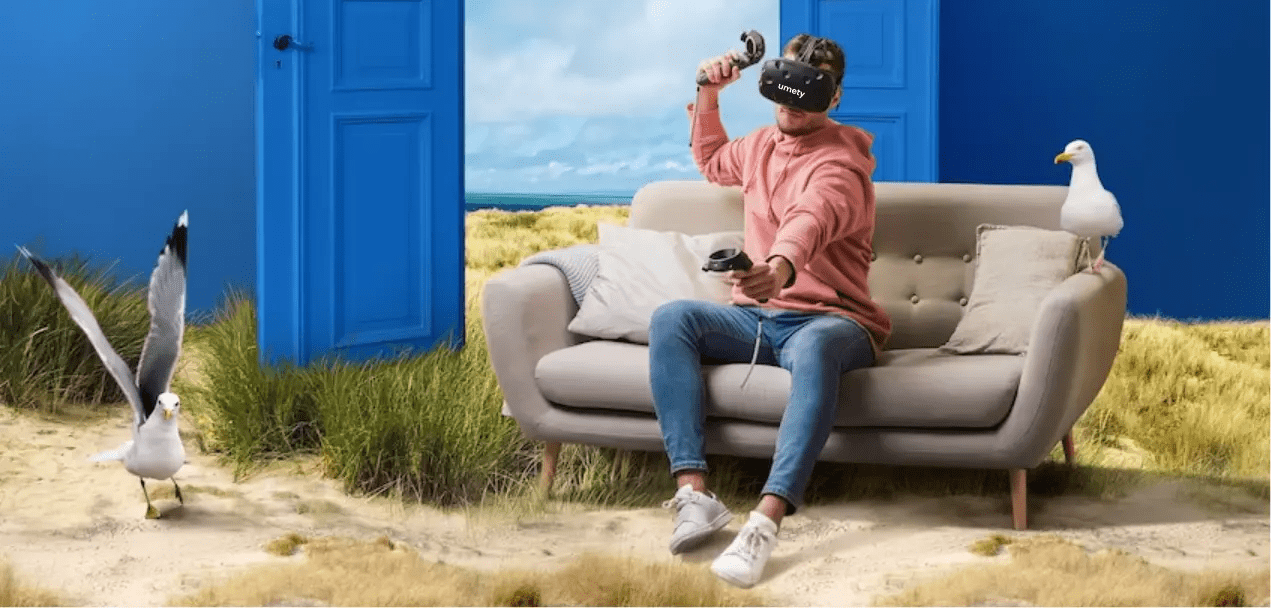
Making learning an adventure
For learners with mobility issues who may spend more time indoors or have limited opportunities for physical activity, VR can provide an engaging and immersive learning experience that gets them moving and interacting with their environment in new ways. With VR, learning feels like an adventure - and who doesn't love a good adventure? Imagine taking a virtual trip to the past and meeting historical figures or exploring a 3D model of the human body, where you can get up close and personal with the organs. With VR, the possibilities are endless, and students can experience the thrill of discovery as they learn.
Preparing for the world out there
VR can provide learners with realistic simulations of real-world scenarios that they may not be able to experience in real life due to their mobility issues. For example, students can experience a first-person simulation of a scientific experiment or explore complex mathematical concepts through immersive VR experiences. With VR, students can practice skills, make mistakes, and experiment in a safe and controlled environment, all while gaining valuable real-world knowledge
Making learning unforced
Students with mobility issues may sometimes struggle with motivation due to the unique challenges they face in the classroom. They may feel left out of certain activities or not fully included in classroom discussions. VR can be a great motivator for learners with mobility issues, providing a sense of accomplishment and mastery. They can have the ability to fully participate in class activities and receive immediate feedback and rewards for progress. This sense of accomplishment and mastery can help students with mobility issues feel more motivated to learn and more connected to their peers and teachers.
As a teacher, you have the power to create an inclusive and equitable classroom environment that meets the needs of all your students. By embracing the potential of VR, you can provide new opportunities for learners with mobility issues to engage with the world and with their peers. By providing new opportunities for learning, participation, and social interaction, VR is changing the game for students who may have previously struggled to fully participate in traditional classroom activities.

Get stories selected just for you, right in your inbox.

Get stories selected just for you, right in your inbox.
This might interest you
